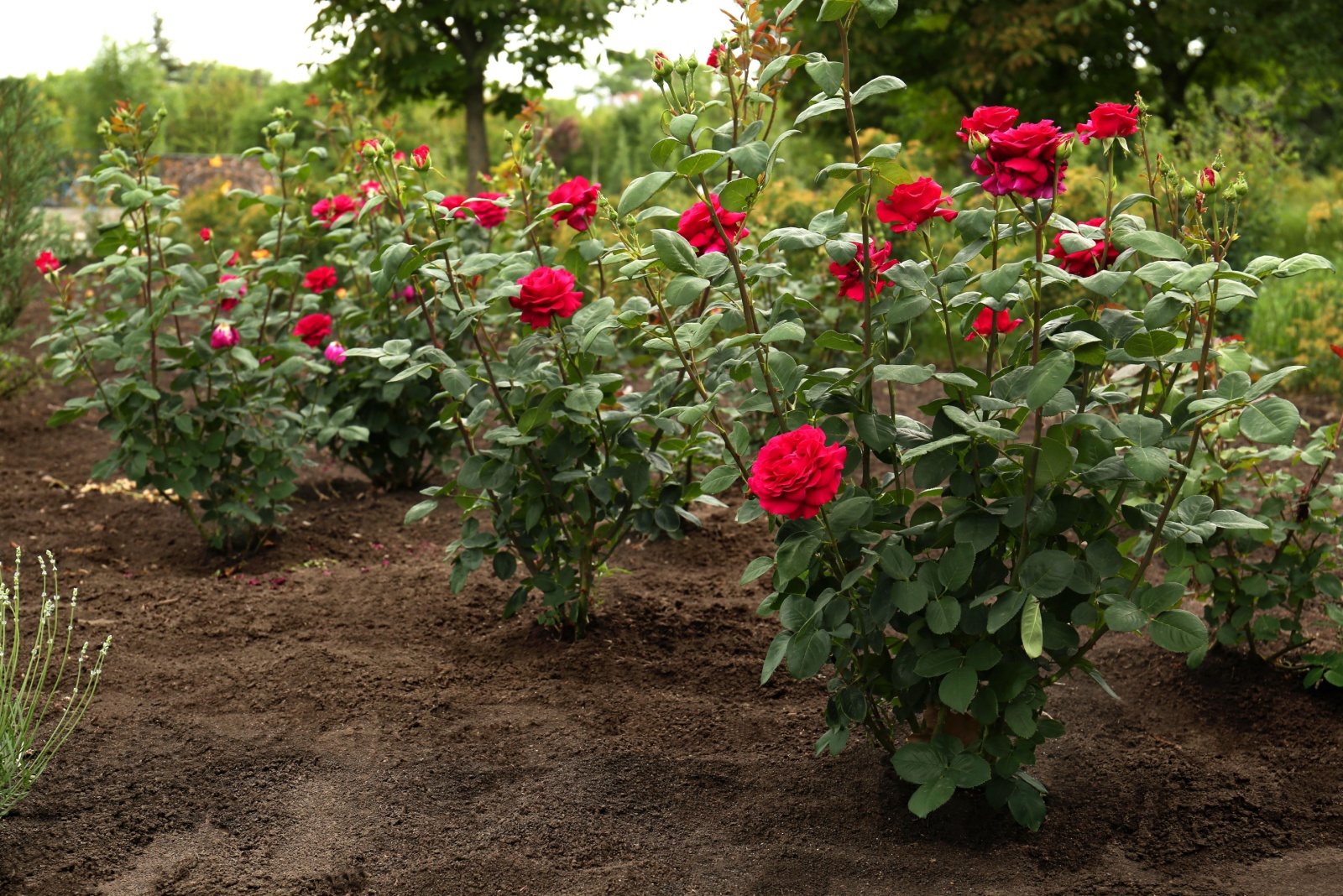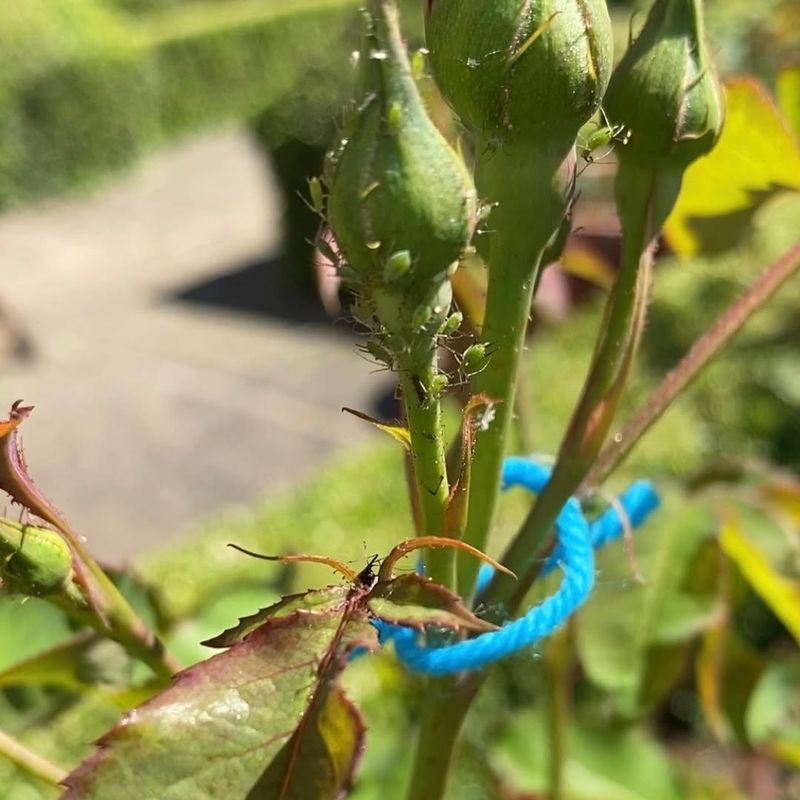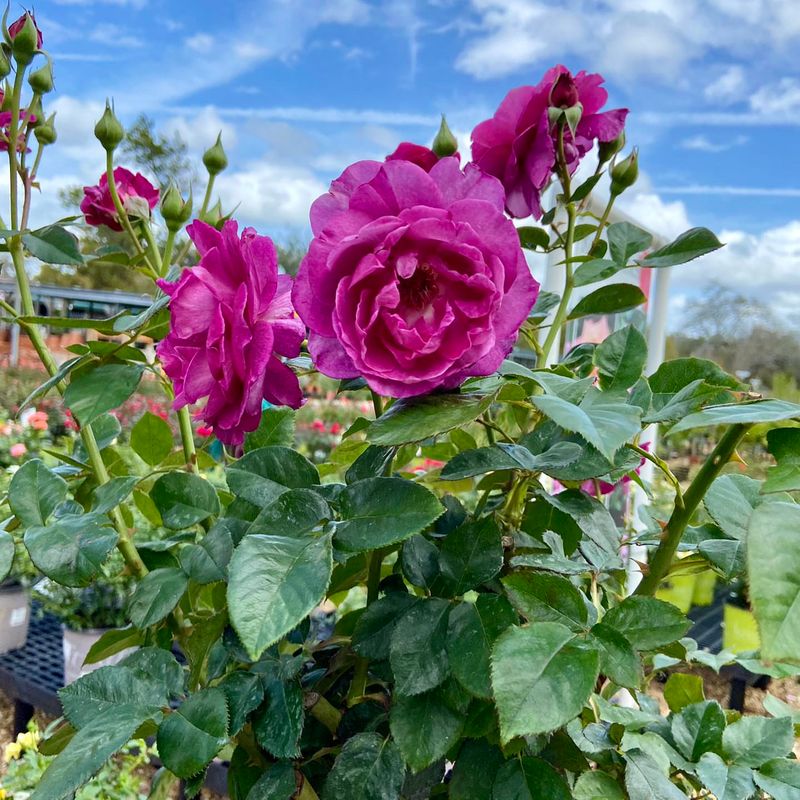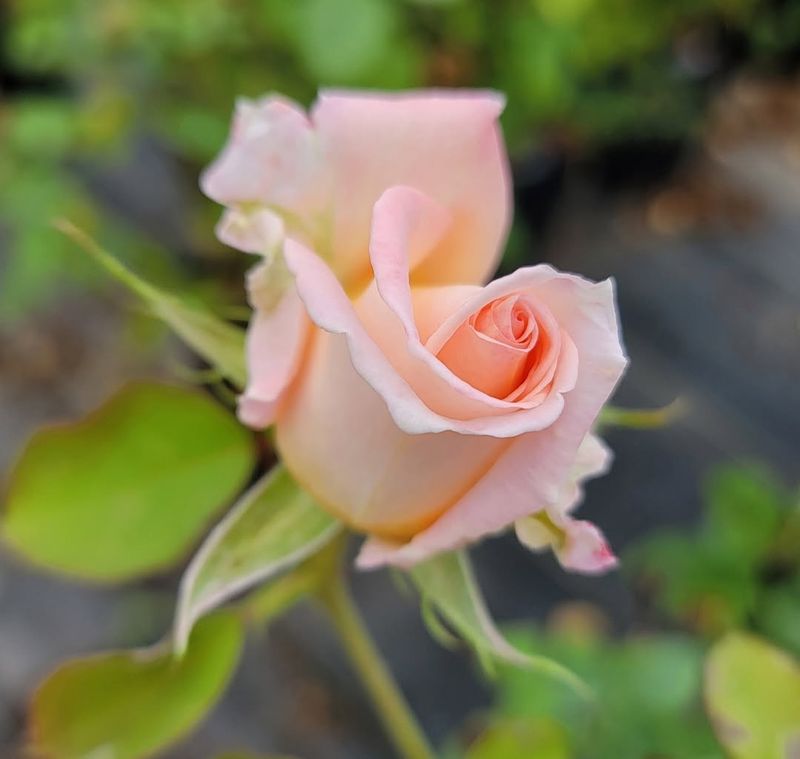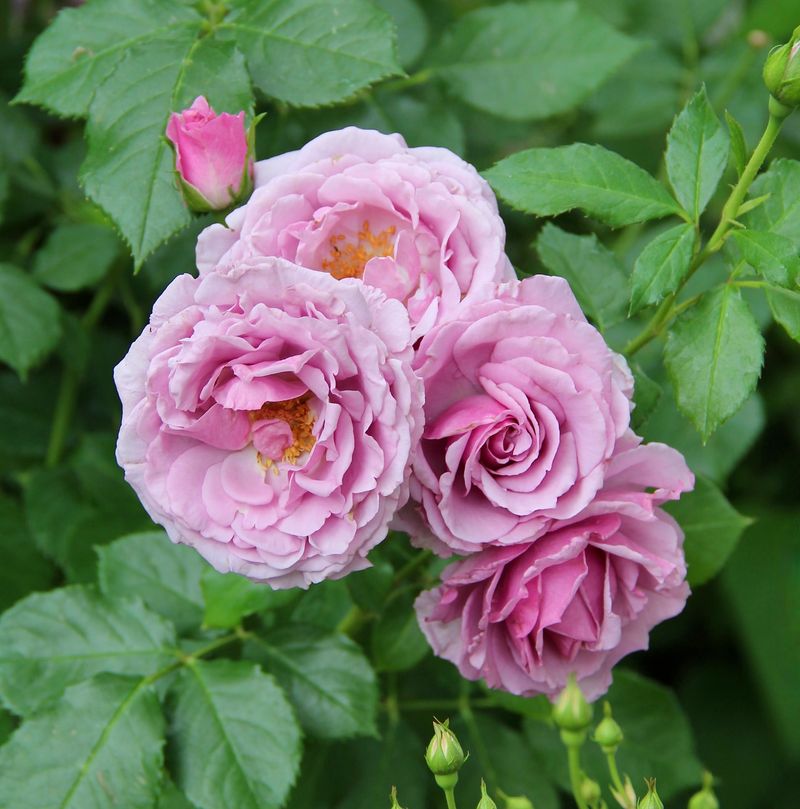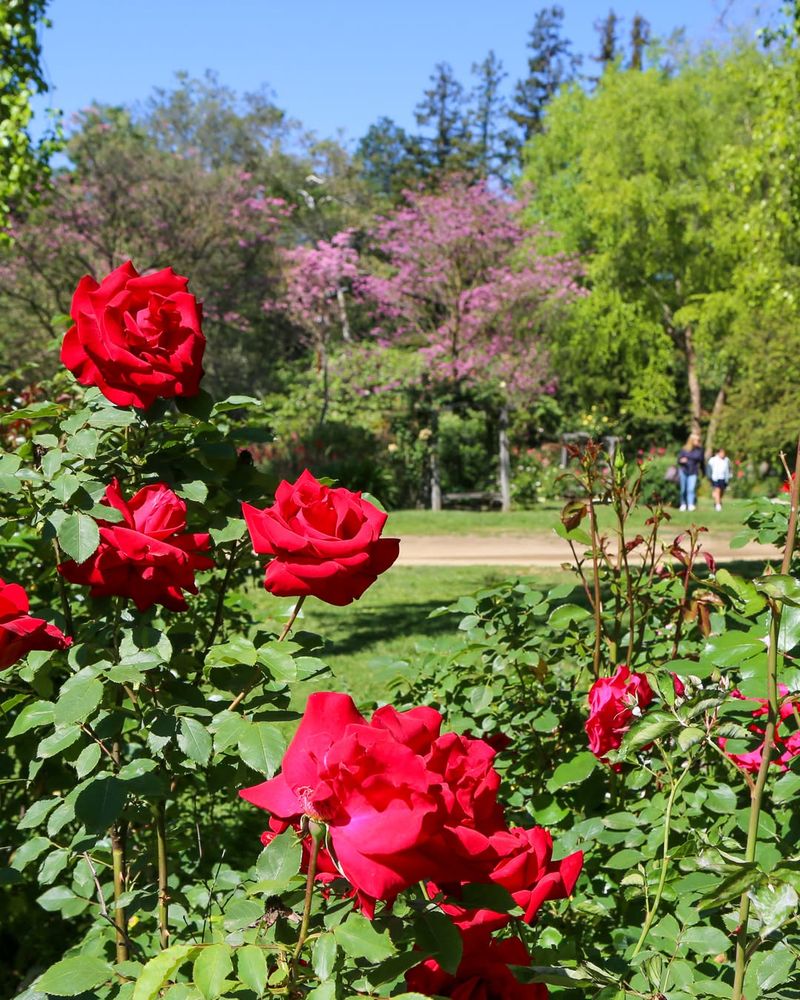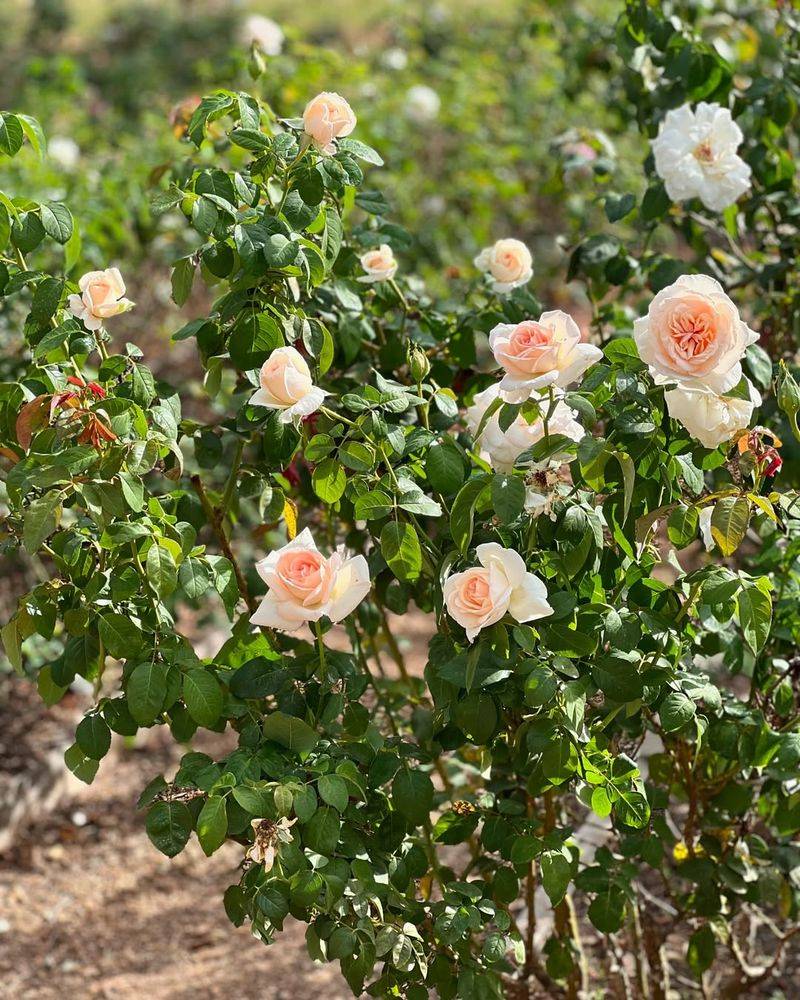Planting roses in Florida comes with unique challenges due to our hot, humid climate. While northern gardeners typically plant roses in spring, Florida’s growing seasons follow different rules.
Understanding when to plant these beautiful flowers can mean the difference between thriving blooms and disappointing results.
1. Fall Offers Perfect Soil Temperatures
Florida’s fall soil temperatures hover between 65-75°F – ideal for establishing strong root systems in roses. The moderate ground warmth encourages roots to grow while the cooler air temperatures reduce stress on new plants.
Unlike spring planting, fall gives roses several months to develop before summer’s intense heat arrives. This head start allows plants to become more drought-resistant and better established by their first blooming season.
2. Reduced Pest Pressure Makes Life Easier
Many rose-loving pests like thrips and aphids become less active during Florida’s fall season. Planting during this natural decline gives your roses valuable establishment time without fighting off hordes of hungry insects.
Lower pest populations mean you’ll need fewer pesticides and interventions. Your young roses can direct their energy toward growth rather than recovery from pest damage, leading to healthier plants from the start.
3. Hurricane Season Considerations Matter
Florida’s hurricane season peaks in September but extends through November. Newly planted roses lack established root systems to anchor them during strong winds and heavy rains.
Consider waiting until late October when storm risks decrease. If planting earlier, be prepared with stakes and protective measures. Smart gardeners keep an eye on weather forecasts and may delay planting if tropical systems threaten.
4. Winter Blooms Become Possible
Unlike northern states where roses go dormant in winter, Florida’s mild climate allows for winter blooming when you plant in fall. Many varieties will produce their first flush of flowers during the holiday season – a delightful bonus!
Central and South Florida gardeners often enjoy continuous blooming from fall-planted roses straight through winter. Even North Florida growers can expect sporadic winter blooms during warm spells, bringing color to the garden when most plants are quiet.
5. Variety Selection Changes With Season
Fall planting opens opportunities for different rose varieties than spring planting. Tea roses and China roses perform exceptionally well when established in autumn, developing better disease resistance before summer humidity arrives.
Look for Gulf Coast-friendly varieties like ‘Belinda’s Dream’ or ‘Duchess de Brabant’. These roses capitalize on fall planting by developing strong foundations during cooler months. Avoid varieties known to struggle with Florida’s humidity regardless of planting time.
6. Rainfall Patterns Support Establishment
Florida’s fall typically brings more predictable rainfall patterns than spring. This natural irrigation helps newly planted roses establish without the stress of summer drought or overwhelming summer downpours.
Young roses benefit from consistent moisture as they develop new roots. Fall’s gentler rain cycles provide ideal conditions without waterlogging. You’ll need less supplemental watering compared to plants established during drier or more extreme seasons.
7. Preparing For Success Requires Planning
Successful fall rose planting in Florida starts with soil preparation weeks before planting. Amend sandy soils with organic matter and ensure drainage is excellent – roses hate wet feet even in cooler weather.
Purchase plants from local nurseries rather than big box stores for varieties proven in Florida conditions. Allow 4-6 weeks before first frost for northern Florida gardeners. Southern Florida growers have more flexibility but should still plant by early November for best results.

